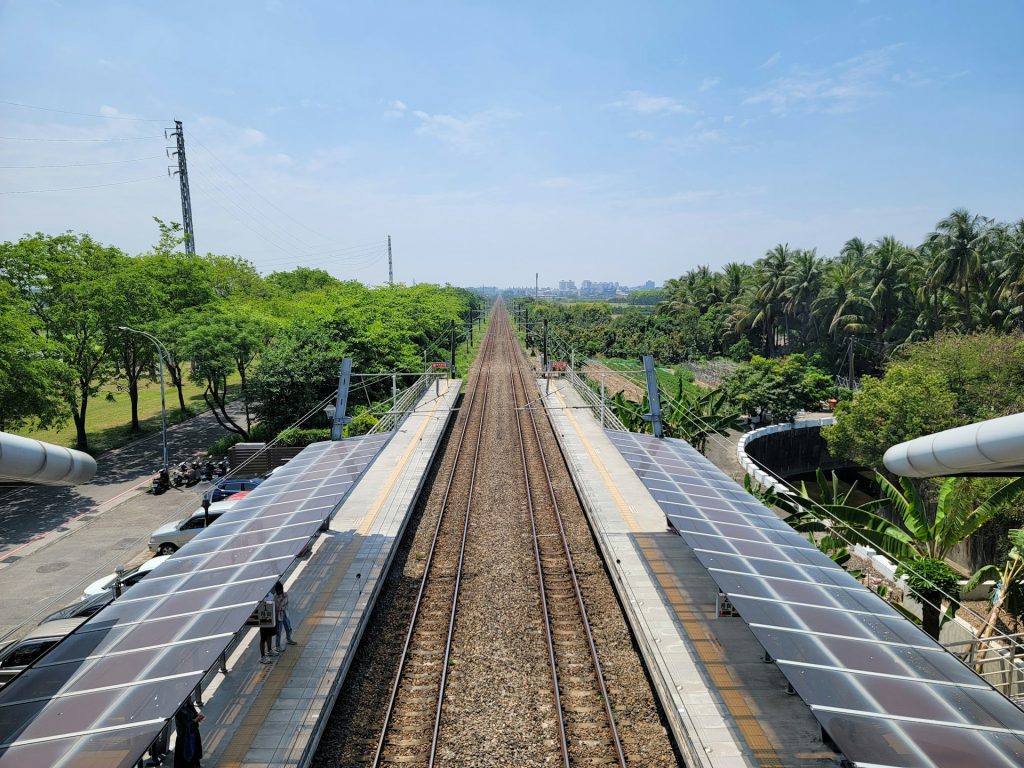
Africa’s story is often told through its challenges—debt, unemployment, and fragile politics. But beneath the noise, a different pattern is forming: one of energy projects, food security financing, and new transport corridors. Together, these shifts could mark the beginning of a more stable growth path for the continent.
Recent headlines show the pieces of this puzzle:
- Ghana signed a new hydro energy deal with Sinohydro.
- South Africa reduced load shedding thanks to better maintenance and renewables.
- Kenya secured $500m from the World Bank to modernize irrigation for food security.
- Ethiopia inaugurated a $1.2bn high-speed rail link connecting Addis Ababa to Djibouti.
- South Africa’s unemployment rate dropped to its lowest in five years at 31.5%.
Individually, these stories look modest. Collectively, they tell us something important: Africa is slowly building growth drivers that don’t rely only on commodities, but on infrastructure, energy, and resilience.
Energy: From Scarcity to Currency
Energy is Africa’s biggest bottleneck—and its biggest opportunity. South Africa’s reduced load shedding shows that even incremental improvements in power generation can transform daily life and business confidence. Ghana’s hydro push reflects the urgency to diversify and stabilize electricity supply.
Reliable energy isn’t just about powering homes. It’s a currency of trade. Countries with surplus energy can export it, just as Ethiopia is doing with the Grand Renaissance Dam. This creates new forms of interdependence across borders, strengthening regional trade.
Food: Financing the Future
Kenya’s $500m World Bank irrigation loan highlights another truth: Africa’s growth hinges on food security. Climate volatility has made rain-fed farming unreliable. Without stable food systems, inflation spikes, protests rise, and political stability weakens.
Investing in irrigation, storage, and supply chains is not just an agricultural project—it’s a macroeconomic safeguard. A continent that feeds itself can stabilize its currencies, reduce debt reliance, and build internal markets that attract investors.
Rail: Connecting Markets
Ethiopia’s new high-speed rail link to Djibouti may look like a national project, but its implications are regional. Rail reduces transport costs, connects landlocked economies to ports, and makes intra-African trade more competitive.
For businesses, this means shorter delivery times, lower logistics costs, and access to new markets. For governments, it’s a chance to shift from aid dependency to trade competitiveness.
If you’re an entrepreneur in Lagos, Accra, or Nairobi, these shifts may feel distant. But their impact will reach you:
- Energy reliability → fewer generator costs, better productivity.
- Food security → more predictable inflation, stable consumer demand.
- Transport corridors → easier access to regional customers and suppliers.
The puzzle pieces are aligning. The question is whether Africa’s leaders will fit them together.
The Bigger Picture: From Fragility to Resilience
Africa’s growth puzzle is not solved overnight. Energy reforms take years, irrigation projects span cycles, railways need maintenance, and jobs require sustained policy. But the direction matters.
A continent once trapped in cycles of scarcity is slowly investing in stability. For the first time in decades, Africa’s most promising exports might not just be raw materials, but reliability itself.
The Hard Line
Africa is inching from fragility to resilience. Energy, food, and rail are the silent drivers of this shift. Businesses that recognize the pattern early will be positioned to benefit when the puzzle pieces lock together.
At Ulysses Blueprints, we help businesses decode these signals—identifying which shifts will ripple into your operations and how to prepare. Because growth is not just about spotting opportunities, but about being ready when they arrive.
Your business doesn’t need more noise, it needs direction. Grab the creator Blueprint (3-part series, value $1000) for free and start seeing the code behind the growth.
